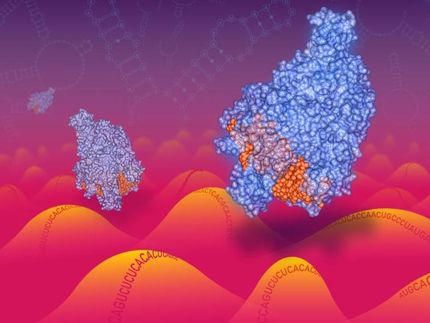Chips make short work of RNA synthesis
Advertisement
Chinese scientists have developed a much easier way to make the short strands of RNA that are an essential tool in understanding what genes do.
Short interfering ribonucleic acids (siRNAs) were first discovered in 1999, and found to interfere with the expression of specific genes – thus giving them a key role in controlling the molecular machinery in living organisms. Though initially identified in plants, they were later found in animals too, and this spurred an interest in using them as tools to investigate what specific genes do in the body.
One type of siRNAs, endoribonuclease-prepared siRNAs (esiRNAs), has recently attracted attention because of their greater specificity and their cost-effectiveness. Jianzhong Xi and colleagues at Peking University, China, have now demonstrated a lab-on-a-chip method that makes large-scale manufacture of esiRNAs much easier.
siRNAs are strands of RNA only about 20–25 nucleotides long, and this makes them straightforward to prepare by standard synthetic chemistry. However, the same cannot be said for esiRNAs, since these are mixtures of compounds prepared by enzymatic digestion. The manufacture of esiRNA is a complex process, consisting of at least six steps, which require expensive instruments as well as demanding skills.
Xi’s work uses a novel chip consisting of an array of pins with polymer microbeads at one end, on which are fixed the pieces of DNA that are the starting point for the synthesis. Unlike the conventional liquid manufacture method, this chip allows the simultaneous manipulation of hundreds of esiRNA products, “significantly simplifying the manufacture process”. Crucially the amplification and transcription reactions involved in the production process occur without any effect from the polymer beads.
Xi concludes that this “simple and robust” method of manufacture “promises both more intensive and extensive applications of esiRNAs.”
Original publication
H Huang, Q Chang, C Sun, S Yin, J Li and J Xi, Lab Chip, 2011




















































